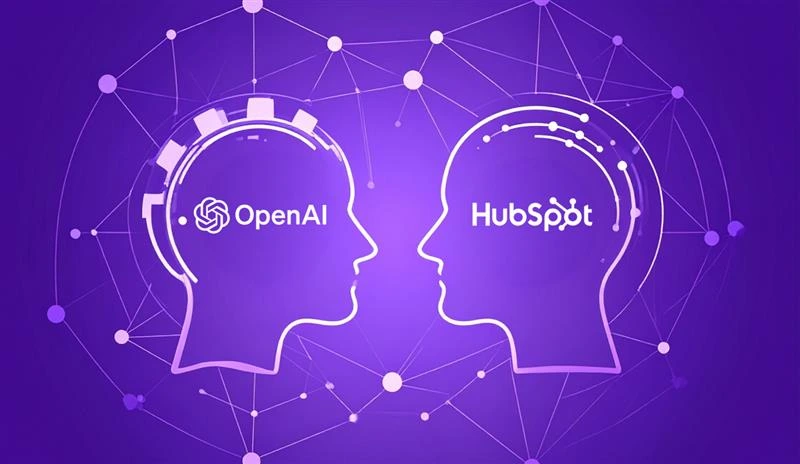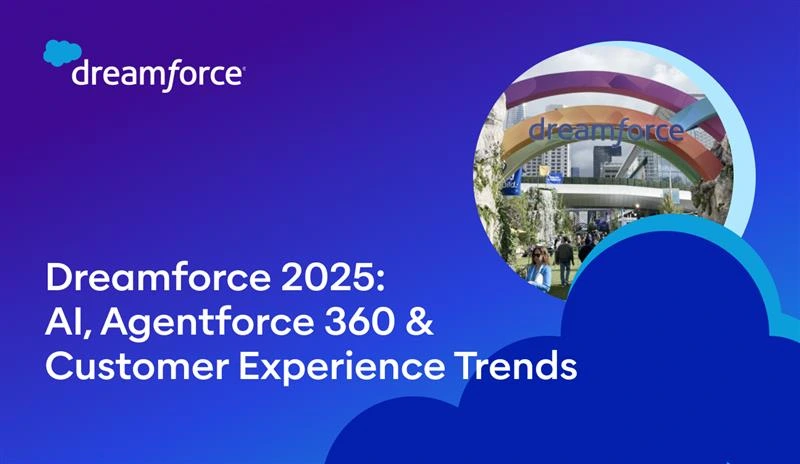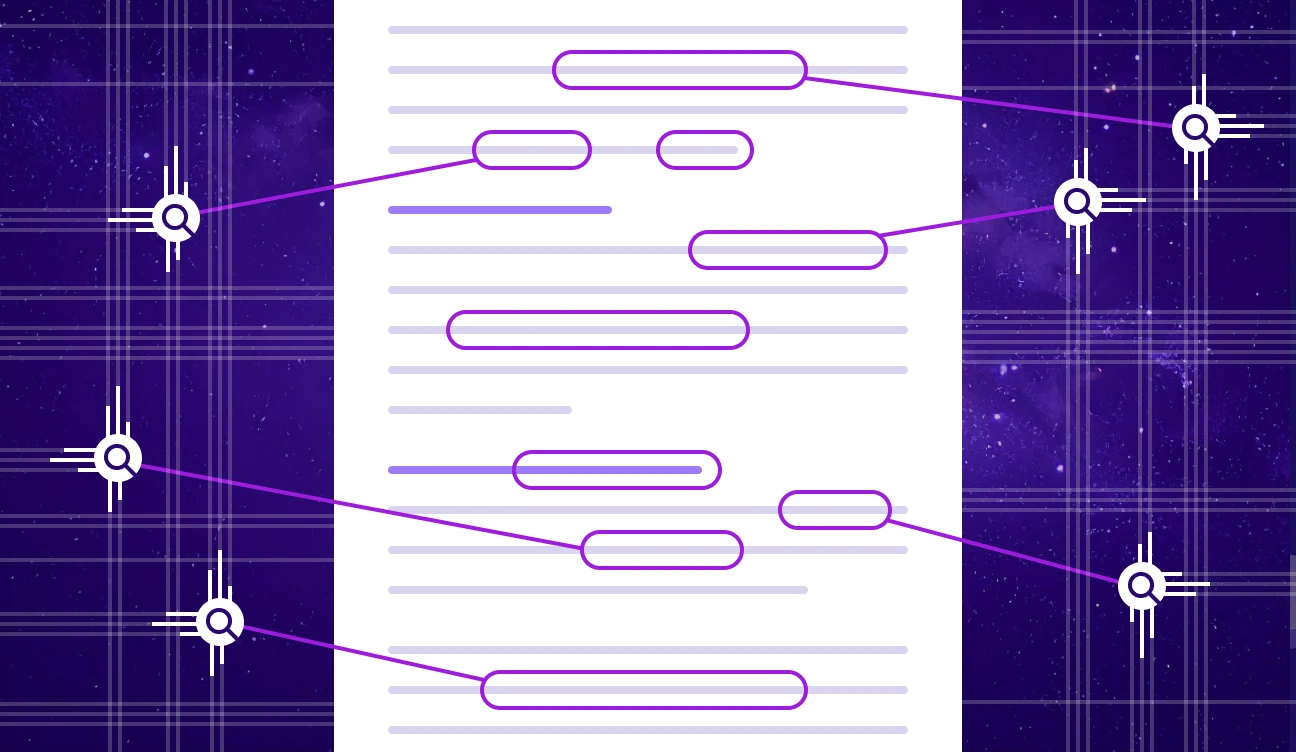HubSpot + OpenAI: How the New Connector Changes Marketing

HubSpot recently made waves in the AI space with the launch of its deep research connector powered by OpenAI. But this isn’t just another integration, it’s a significant step toward making real-time CRM insights more accessible and actionable for marketing teams.
With this new feature, you can ask ChatGPT plain-English questions to explore your HubSpot data, uncovering insights like top-performing segments, identifying churn-risk accounts, or even recommending next-best sales actions (with Sales Hub). All of this is now possible without advanced SQL skills or a data team, making it faster, more intuitive, and secure thanks to role-based data permissions.
What Makes This HubSpot AI Feature Different?
In the past, extracting insights from a CRM like HubSpot required navigating reports, building custom dashboards, or involving a data analyst. Now with this connector, you can simply ask ChatGPT questions and receive answers based on your CRM data, instantly and securely.
So why is this a big deal?
In a marketing world defined by tight resources and growing expectations, speed to insight matters. This new HubSpot ChatGPT integration gives you the power to analyze, strategize, and act faster than ever with these new HubSpot AI features, right inside your existing workflows.
How Marketers Are Using the ChatGPT Connector to Explore CRM Data
Here are some questions you may get asked on a regular basis:
- “Which lead sources generated the highest-converting contacts in the last 90 days?”
- “What are the top-performing email campaigns for mid-sized prospects, and what was their average deal size?”
- “What are the top three lead sources driving form submissions from first-time visitors in Illinois and Georgia?”
- “Which email campaigns had the highest click-through rates among contacts who became SQLs in the past 60 days?”
With the connector, these insights aren’t buried in filters and dashboards, they’re generated through a quick, natural-language prompt. This means you can spend less time digging for data and more time applying it; by refining campaign targeting, personalizing content, prioritizing leads, and aligning with sales, in near real time.
Why Strategy Still Needs a Human Touch
AI can surface trends and generate ideas, but it still takes human judgment to connect those insights to your brand’s goals, voice, and customer experience. For example, AI might highlight that mid-sized companies are converting at a higher rate, but it’s you who understands how that affects your campaign roadmap or what type of messaging will truly resonate.
This kind of strategic interpretation is what bridges data and action. You don't just review analytics; you bring context to the numbers. You understand market conditions, audience nuance, internal objectives, and brand history. That’s what turns AI’s recommendations into meaningful campaigns which connect on a human level.
Lastly, this isn’t a static integration – it’s an evolving ecosystem. Staying ahead of AI’s rapid developments requires people who can experiment with new prompts, measure what’s working, and adapt quickly. It’s not just about using AI – it’s about working with it in ways that evolve with your goals.
The Future Is AI + Human Strategy
This latest connector doesn’t eliminate the need for marketing expertise, it amplifies it. The organizations that lead in this next era won’t be the ones with the most automation, but the ones who know how to balance intelligence with empathy, and efficiency with insight.
Because even as AI evolves, the goal of marketing remains the same: to create real connections that move people.
Want to take full advantage of these tools?
If you're looking to explore how AI and strategy can work together in your marketing stack, our marketing experts are here to help. Contact us today to learn how these emerging technologies can enhance your marketing efforts.
About The Author:
John Valle, Manager of Marketing Technology | Sagepath Reply
John is a marketing technology expert with extensive experience in both in-house and agency environments. He specializes in leveraging digital platforms, data, and automation to build connected, customer-focused strategies. With a strong background in MarTech transformation, John helps organizations streamline operations, improve customer engagement, and implement scalable solutions that drive measurable results.

Let’s Start a Conversation
Reach out to discuss your digital transformation needs and see how we can help. We would love to start a long-term partnership with your company.
Get in Touch


